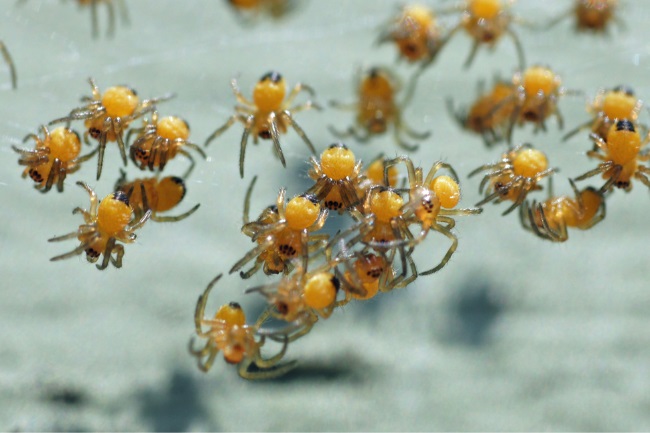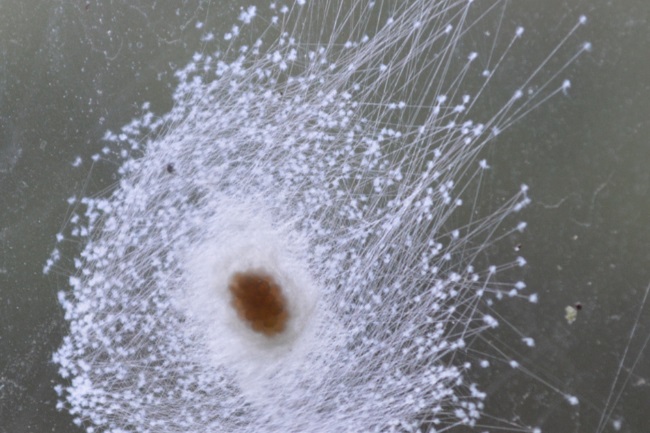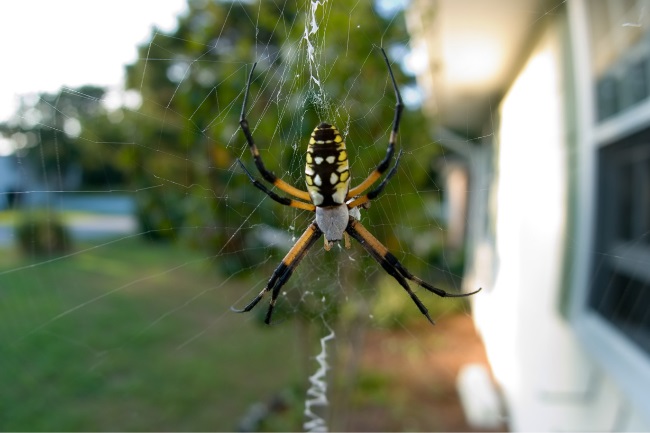A female garden spider (Araneus diadematus) won’t die immediately after she lays her eggs, staying with them to protect them. However, as the weather becomes colder and her resources become depleted, her life will come to an end. This usually happens within a few weeks of her laying her eggs.
Contents
Spider eggs
Spider eggs are often only mentioned as parts of tales of horror, yet most of the time, they are too small and hidden for us even to notice their presence. Most of us might only come across them when moving things around in our gardens in the winter. Tiny silk parcels might appear, having been tucked away out of sight. Many different species of spiders will choose to care for their eggs in different ways.
| Spider Species | Reproductive Behavior |
|---|---|
| Orb Weavers | Females typically die after laying eggs, but males may survive longer. |
| Jumping Spiders | Females do not die after laying eggs; they continue to live and hunt. |
| Crab Spiders | Females may die after laying eggs, while males usually survive. |
| Wolf Spiders | Females do not die after laying eggs; they care for the offspring. |
| Nursery Web Spiders | Females do not die after laying eggs; they protect the egg sac. |
After mating, it is almost always the female who takes on all responsibility for the young. Sometimes this is because the male has headed off to copulate with more females, whereas at other times, it can actually be that his lover has bitten off his head after their romantic evening is over. Most spider females choose to protect their eggs by encasing them in silk. This helps to regular their temperature and can help keep them in place.

Though we don’t think of spiders as caring creatures, spider mother’s are surprisingly dedicated to their young. Having woven their egg sac, many spider mother’s will spend their remaining time guarding their eggs.
Other spider mothers, such as the wolf spider, will carry their egg sac with them, attached to their spinnerette. If you spot a spider carrying her eggs with her, you’ll see how obvious it is, with a large white or yellow round ball held below its abdomen.
Some longer living spiders, such as tarantulas, which can live for over two decades, will keep their egg sac with them in their burrow until it hatches. The young spiderlings will then stay with their mother until they are old enough to leave home. Other species even feed their young, such as an ant-mimicking spider known as Toxeus magnus.
This spider has been found to produce a kind of milk for her young to feed off. More gruesomely, other mothers even offer themselves up as a tasty meal for their young. Amaurobius ferox spiderlings experience more significant weight gain and hunting success in later life because of their habitat of cannibalising their still-living mother in the nest.
A Garden Spider’s Eggs
A garden spider female only needs to mate with one male to carry enough sperm to fertilise her eggs. After mating, she will become steadily larger as the eggs form inside her until it is time for her to abandon her web and find a safe spot deposit her young.
On quitting her web, she will often spend time dismantling it in order to recycle the materials from the silk. She must lay her eggs somewhere safe and sheltered, both so they can avoid damage by winter frosts and so that predators don’t come along and eat them.

She will carefully weave a small silken disk before laying over a hundred eggs within it. A second disk is then woven to protect the eggs from the cold. Unlike some spider mothers, she does not carry the egg sac around with her but leaves it in situ, which is why it’s so important that she has chosen well in the first place. The process of producing these eggs will have used up a lot of her energy, yet she doesn’t leave to weave a new web and begin to feed again. Instead, she will stay and guard her eggs, ensuring that no predators can get near.

Exhausted, and with the cold of winter creeping in, she doesn’t last very long before she dies, leaving her eggs to spend the rest of the winter alone. Although the male does not lay or guard the eggs, it’s thought that he dies sometime before the female.
Having matured earlier, he abandons his own web in order to seek out females for mating with. If he survives the copulation without getting eaten by the female, he will simply look for other females to mate with and not create a new web or resume hunting. It is thought that the female eating the male actually gives her additional energy to produce and then protect the eggs, and therefore may have an evolutionary advantage, helping the male’s genes to prosper.
| Spider Species | Parental Care | Offspring Survival |
|---|---|---|
| Orb Weavers | No parental care; offspring survival depends on environmental factors. | Offspring face various risks, but some may survive. |
| Jumping Spiders | No parental care; offspring disperse after hatching. | Offspring face risks, but some may survive. |
| Crab Spiders | No parental care; offspring disperse after hatching. | Offspring face risks, but some may survive. |
| Wolf Spiders | Female provides maternal care; increases offspring survival. | Offspring have better chances of survival. |
| Nursery Web Spiders | Female provides maternal care; protects and guards the egg sac. | Offspring have better chances of survival. |
Also read: Where Do Garden Spiders Go In the Winter? (Explained)
Are her children the death of her?
Though the garden spider female dies soon after laying her eggs, it’s hard to know if she could have continued to survive if she abandoned them to return to feeding.
She chooses to stay with her offspring as long as possible in order to give them the best start in life that she can, even though this leads to her death. It’s a much more moving image than the one we usually have of arachnid parents. Perhaps this shows us how little we still understand about these familiar little creatures.

